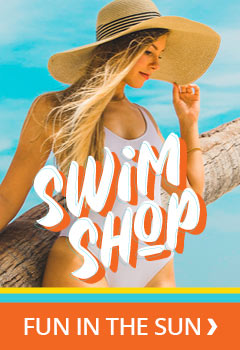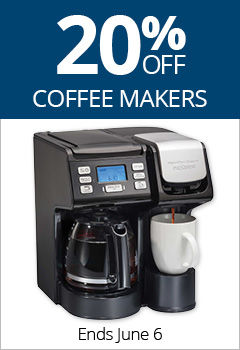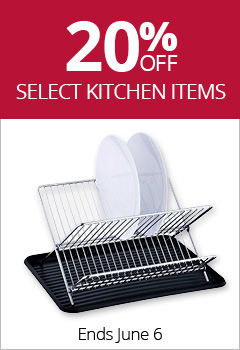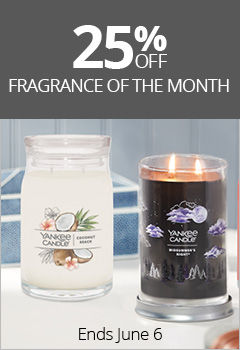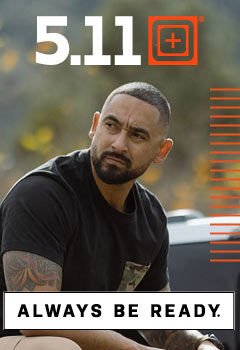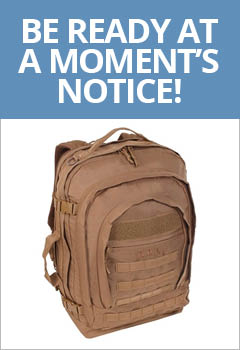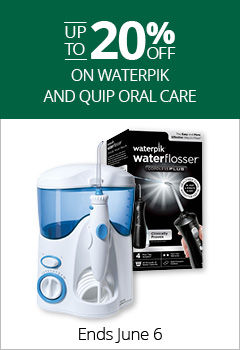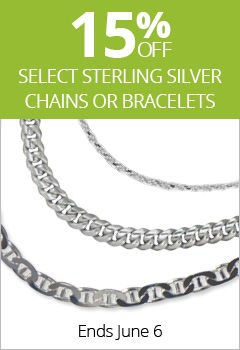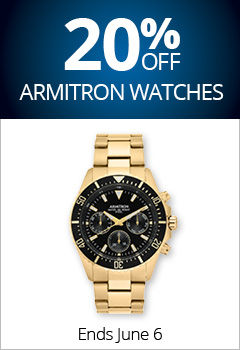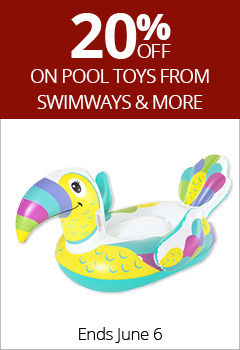
Why do you need to wear a sports bra?
by Holly Torres, The Exchange Team

Supporting your breasts during physical exercise is critical. Whether you are doing yoga or running, you are putting stress on your breasts which can cause them to droop. This sagging occurs when connective tissue that supports the breasts (called Cooper's ligaments) break down. Repetitive body movements during activities can cause your breasts to bounce which accelerates this irreversible breakdown. A properly-sized sports bra aids in reducing the impact and discomfort on breast tissue and keeps Cooper's ligaments from permanently breaking down.
There are two general types of sports bras: compression and encapsulation. Choosing which one is best for you depends on your body type and the levels of impact of your exercise program.
The compression sports bra pushes the breasts tightly against your body. It is typically preferred for lower impact activities and/or smaller cups.
The encapsulation sports bra individually holds each breast, like a regular bra, but has a high center point on the front to give you extra coverage. Encapsulation sports bras typically offer better support, especially for large-breasted women.
Low Impact
- Yoga
- Pilates
- Golf
- Walking
- Rock Climbing
- Rollerblading
Medium Impact
- Lifting Weights
- Gym Workouts
- Spin Class/Cycling
- Hiking
- Skiing
- Martial Arts
High Impact
- Running
- Cheer
- Dance/Aerobics
- Ball Sports
- Mountain Biking
- Horseback Riding
You may need several sports bras in your closet to accommodate different physical activities.
Once you decide if a compression or an encapsulation sports bra is best for you, then you will want to consider additional style features when shopping for a sports bra.
- Racerback: has straps that meet between shoulder blades; a good choice for running and other medium- and high-impact exercises; prevents straps from falling; reduces shoulder pain; allows for a wide range in arm movement
- Tank Top: has straps that are similar in design to a regular bra; often has an adjustable back closure
- Crisscross Straps: has back straps that crisscross
- Adjustable Straps: can be made longer and shorter; helps prevent straps from digging into or slipping off the shoulders
- Front Fastening: uses zippers or hook-and-eye closures; easy to take on and off
- Padded Cups: provides modesty especially in chillier temperatures; gives a rounded shape to breasts
- Sweat-wicking fabric: pulls sweat away from the skin to help keep you dry
- Underwire: preferred for large breasts due to the support provided
- Wireless/Wirefree: preferred for growing or sensitive breasts
Find your band size by snugly wrapping a tape measure around your rib cage (the area just under the breasts) and rounding the total down to the nearest inch.

Find your matching band size at the chart below.
Rib Cage
- 25-27 inches
- 27-29 inches
- 29-31 inches
- 31-33 inches
- 33-35 inches
- 35-37 inches
- 37-39 inches
- 39-41 inches
Band Size
- 30
- 32
- 34
- 36
- 38
- 40
- 42
- 44
Figure out your bust size by wrapping a tape measure around the fullest part of your bust without compressing the breasts. Round the total up to the nearest inch.

Find your cup size by subtracting your rib cage measurement from your bust size measurement. From the difference, determine your cup size from the chart below.
Bust Size – Rib Cage
- 3 inches
- 4 inches
- 5 inches
- 6 inches
- 7 inches
- 8 inches
- 9 inches
- 10 inches
Cup Size
- AA
- A
- B
- C
- D
- DD
- E
- F
- The bra straps should feel comfortable and supportive but secure enough that they will not slip off your shoulders or cut into your shoulders. You should be able to fit two fingers between your shoulder and the strap.
- Raise your arms into the air. If the band rides up, try readjusting the straps and tightening the back closure. If it still rides up, recalculate your sports bra size using a smaller band size.
- Your breast tissue should be fully contained and centered in the cups. If breast tissue spills out, the cups are too small. You will need to choose a larger cup size. If you have gaps or see fabric wrinkles in the cups, the cups are too large. You will need to recalculate your sports bra size using a smaller cup size.
- Test out the sports bra by jumping or running. Your breasts should not have significant side-to-side or up-and-down movement. Rather, the breasts should feel braced in place.
FITTING TIP: If the sports bra has a hook-and-eye closure, use the loosest catches for determining the band fit. If the bra stretches over time, then you can use the tighter catches to make the band tighter to maintain the fit you need.
Please Note: For alpha sizes (XS, S, M, L, XL, XXL), refer to sizing on a brand's size chart as fit and sizing can differ between brands.
4/24/2018

Articles
.



